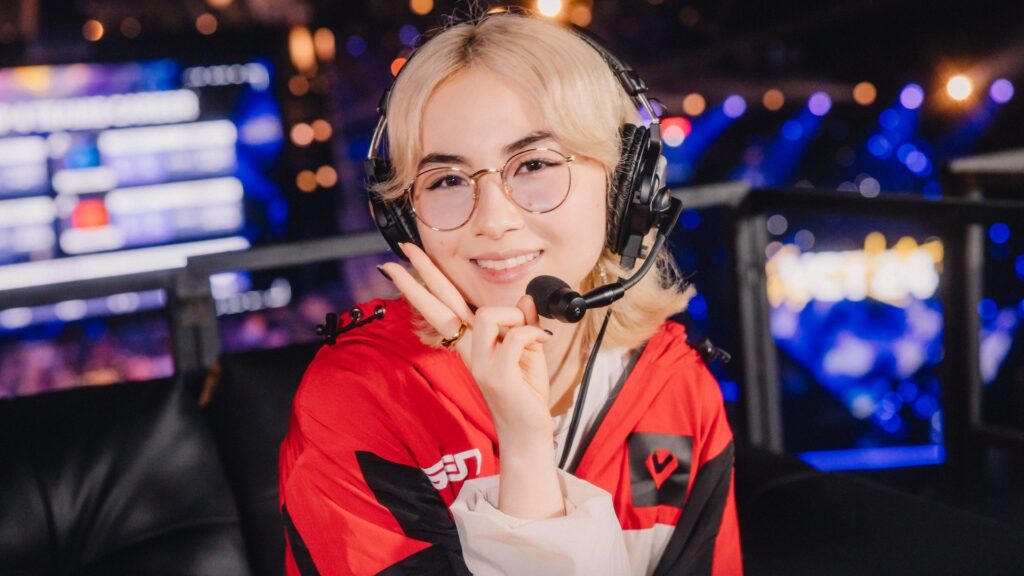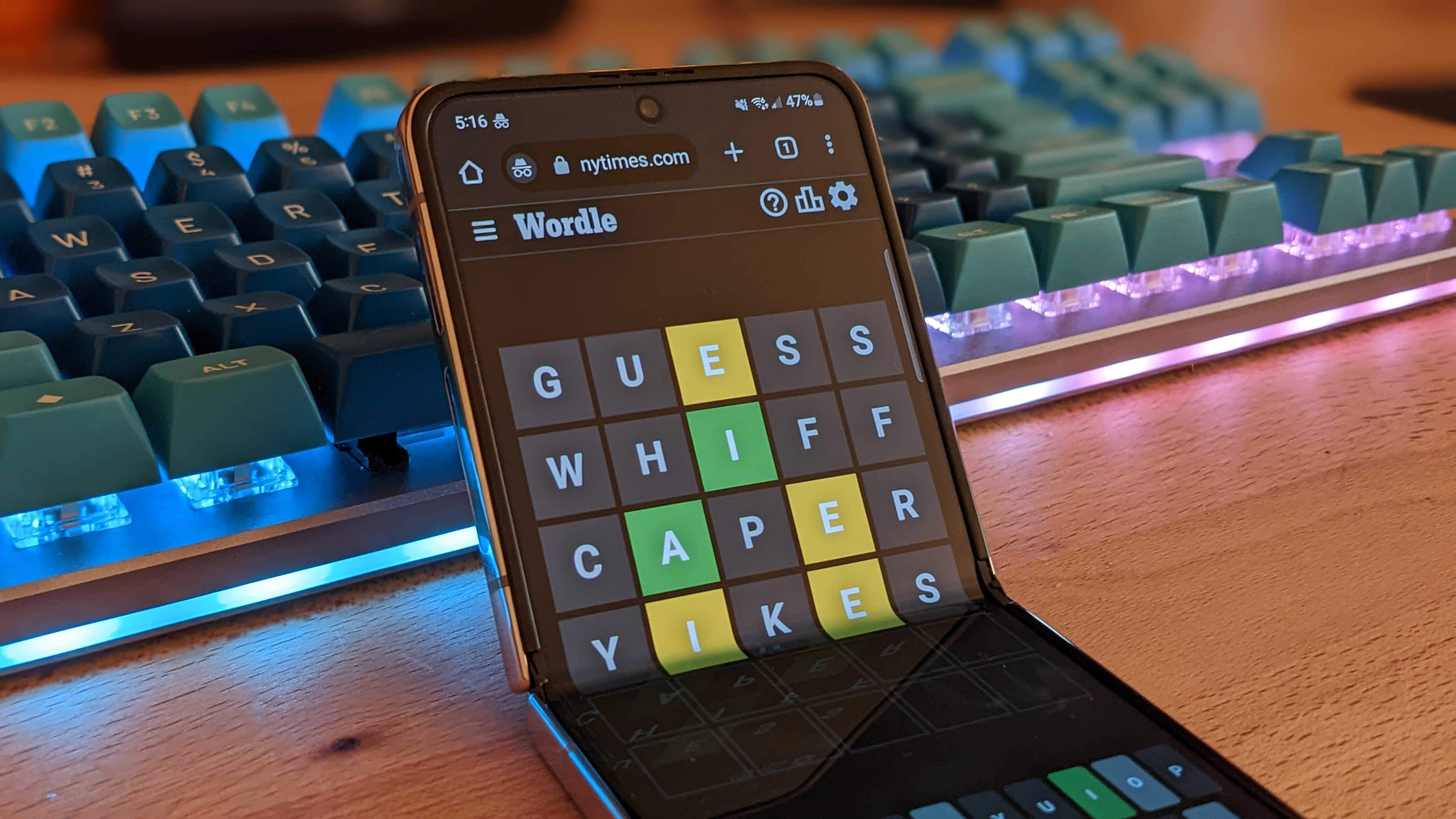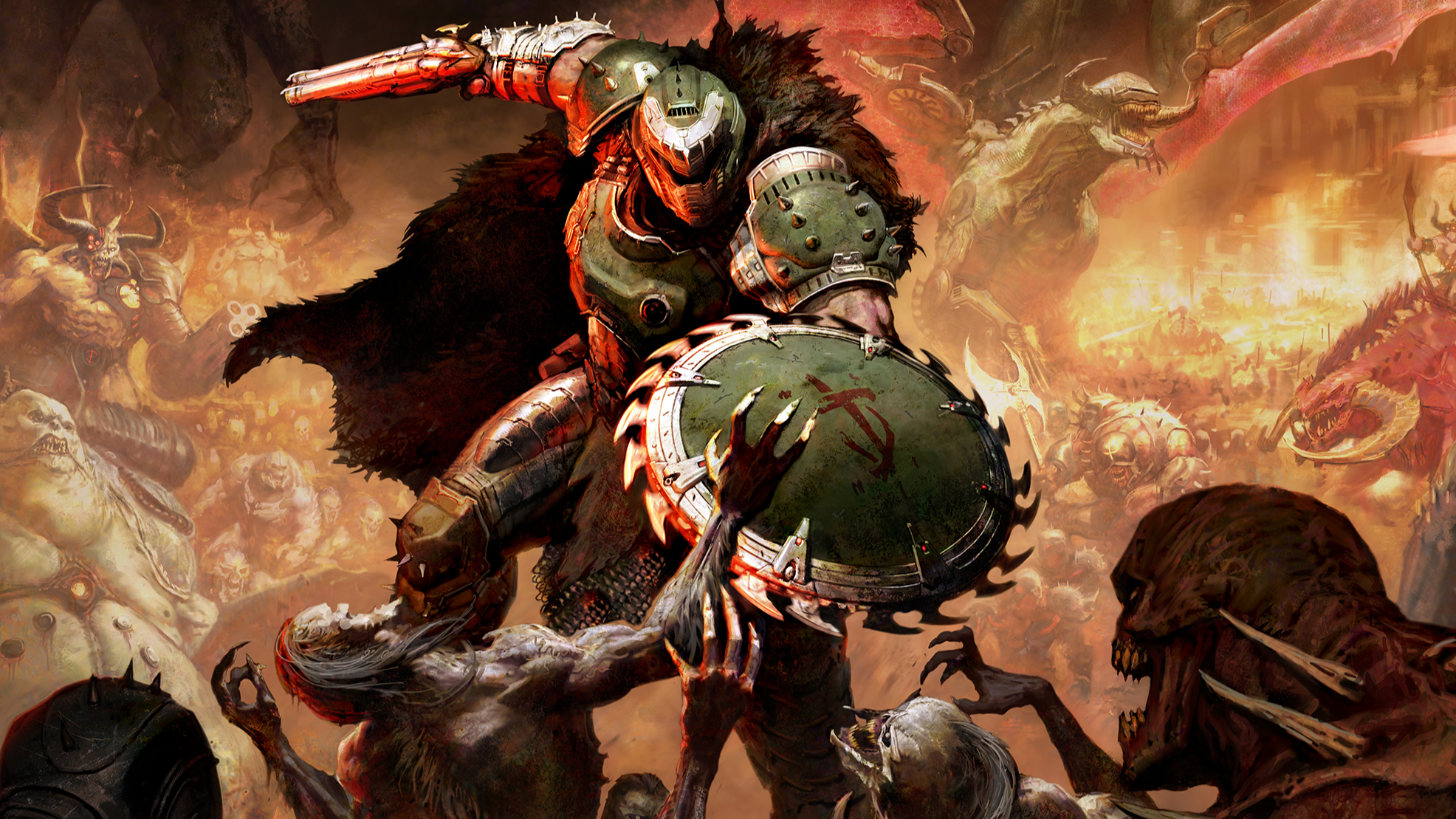![The evolution of FIFA games [1993 – 2022]](https://thepawn02.com/wp-content/uploads/2022/12/image-41-1-HP13kJ-jpeg.webp)
The EA FIFA game series has been a large part of the gaming industry for the past three decades. The video game features a realistic football industry, allowing you to live the life of football athletes, representing different regions and clubs.
In honor of the ongoing FIFA World Cup, we’ll bring you back through time to see the growth and evolution of the FIFA game series. Let’s take a look at every single FIFA game in history since its creation in 1993.
1990’s -The beginning
FIFA: International Soccer
Screencapped from Memoria BIT
The first title in the FIFA series, also called EA Soccer or FIFA ’94, was released in late 1993 to celebrate the upcoming football World Cup in 1994. FIFA: International Soccer exploded in the 16-bit video games era among games like Donkey Kong Country, Sonic the Hedgehog, and Mortal Kombat. This title had 76 playable nations, however, all the players were not based on real footballers.
Static cheering and choppy movement. This is what you would expect from the nostalgic game boy era – but it remains iconic until today.
FIFA 95
FIFA 95 Sega Genesis gameplay
Screencapped from 10min Gameplay
The sequel to FIFA ’94 sees a little touch-up to its visuals and features. The game introduced clubs from different leagues across Europe and several from Brazil and the USA. This title still did not have the license to feature real player names thus all characters were still fictional.
FIFA 96
Screencapped from Squakenet
The evolution of FIFA continues as FIFA 96 sees the first implementation of real-time 3D graphics using Virtual Stadium. With camera pans inside the stadium, the 3D graphics elevate players’ experience by a large margin. Not only that, but this title began using real footballer names after securing licenses. FIFA 96 also saw the addition of rankings, transfers, and a team customization tool.
FIFA 97
Screencapped from hkkaneGAME12
This title saw the addition of a 6-a-side indoor soccer mode and a massive upgrade to graphics using motion blending technology. On top of that, FIFA 97 introduced polygonal players making it look more realistic instead of the former 2D look. Multiplayer games are included which allowed up to 20 players via LAN and 8 players via Modem.
FIFA: Road to World Cup 98
Screencapped from Squakenet
This title saw another notch up in its graphics and improved Artificial Intelligence (AI). To celebrate the then-upcoming 1998 World Cup, FIFA 98 introduced 16 stadiums and 172 FIFA-registered national teams that took part in the qualifiers.
The formerly flawed Offside ruling was finally fixed. On top of that, you can also customize the referee’s strictness level by allowing or ignoring certain fouls.
FIFA 98 is the last title of the series that was released for the Sega Genesis, Sega Saturn, and the Super Nintendo Entertainment System (SNES), marking the end of an era.
FIFA 99
Screencapped from FirstPlays HD
This title no longer features the indoor mode, however, there were major improvements to the game’s graphics and gameplay. Players had facial animations and they even had unique heights for a more realistic effect. Leagues were added and removed, as they did throughout FIFA’s evolution.
FIFA 2000
FIFA 2000 PC Gameplay
Screencapped from FirstPlays HD
FIFA 2000 introduced the ability for players to play over consecutive seasons which means they can compete for promotion or relegation. However, lower-tier teams were still non-selectable. The game saw few improvements which weren’t very attractive when compared to the older titles, resulting in mixed reviews.
2000s – FIFA’s explosive evolution
FIFA 2001
FIFA 2001 PC Gameplay
Screencapped from Squakenet
Following FIFA 2000’s dampening reception, EA created the revolutionary FIFA 2001. The biggest change to this title is its availability to play online – the first version to do so. Using a new graphics engine, FIFA 2001 introduced unique faces for some players including more detailed kits. This title added more leagues, included hacks, and introduced the power bar for shooting.
FIFA Football 2002
FIFA Football 2002 Gameplay
Screencapped from superivanho
This was the last FIFA title to feature the Japanese national team due to Konami’s Pro Evolution Soccer series acquiring the license from the Japanese club.
Aside from more additions and removal of certain leagues, FIFA 2002 also upgraded the power bar to become customizable.
FIFA Football 2003
FIFA Football 2003 PC Gameplay.
Screencapped from LCS Games Br
This title sees a ton of new features and improvements. FIFA 2003 introduced the Club Championship Mode which allows you to play against 17 top European clubs in their own stadiums with unique fan chants. During half-time and full-time, a TV-style broadcast also shows your game highlights including comprehensive analysis.
New graphics enter the game with more detailed stadia, players, and kits, including more realistic player responses. On top of that, FIFA 2003 also featured a new ‘Freestyle Control’.
FIFA Football 2004
Screencapped from igcompany
Let’s rewind to the bit where EA introduced the ability to get promotions and relegations in FIFA 2000. Four years later, they finally made lower-tier teams available to play. FIFA 2004 introduced secondary divisions and players can opt for lower-ranked teams to play in competitions.
This title also implements a new feature called ‘off the ball’ which allows players to simultaneously move two players in order. Football Fusion was added which allowed players to play Total Club Manager 2004 in FIFA.
FIFA Football 2005
FIFA Football 2005 PC Gameplay.
Screencapped from ZephyrMantis
The game sees the return of create-a-player mode and an improved Career mode which extends to 15 seasons long. The biggest new feature of FIFA 2005 is the introduction of first-touch gameplay which allows players to perform real-life tricks and passes.
FIFA 06
FIFA 06 PC Gameplay
Screencapped from igcompany.
EA developers made a complete overhaul of the game engine for FIFA 06, resulting in colossal improvements in game control. Graphics are smoother by a mile and virtual football never seemed so realistic. Aside from engine improvements, they discarded the ‘off the ball’ feature and expanded the Career Mode. On top of that, they also introduced team chemistry, which determines how well team members play together, adding depth to FIFA’s gameplay.
FIFA 06 sees sharper graphics.
Screencapped from igcompany.
This title also features a special throwback section that included classic biographies, a memorable moments video compilation, and a chance to play the first FIFA title of the series (FIFA ’94). Another interesting new inclusion was the Classic XI team which consists of football legends and a World XI team consisting of current football stars.
FIFA 07
FIFA 07 PC Gameplay
Screencapped from igcompany
For this title, graphics and gameplay remained similar to the previous FIFA. But the biggest change is the addition of Interactive Leagues, bringing football realism to another level. New stadiums – the Wembley Stadium and the Emirates Stadium were added and players could also create custom teams.
FIFA 07 Xbox 360 Gameplay
Screencapped from igcompany
This title’s focus, however, was developing FIFA 07 for a new engine – Xbox 360. There were a ton of improvements from graphics to controls. The Xbox 360 version saw many features that help gamers connect with real-life football such as real-world game results updated in real-time, weekly podcasts, detailed stats, and real football news provided in 5 different languages.
FIFA 08
FIFA 08 PC Gameplay
Screencapped from igcompany
Aside from more graphics and control improvement, this title introduced the “Be a Pro” game mode which allowed gamers to control only a single player on the field. Another new inclusion is the Practice Arena feature – a place for gamers to train their dribbling, shooting, free-kicks, and penalties on the field.
FIFA 09
FIFA 09 PC Gameplay
Screencapped from igcompany
In FIFA 09, the collision system (tackles, blocks, etc) received a major revamp, taking into account player speed, weight, and power when they collide. Goalkeepers were also improved to have better responses and recovery.
The “Be a Pro” game mode which allows gamers to control only a single player now allows 10 vs 10 games. FIFA 09 also introduced the “Adidas Live Season” feature that updates player stats in a particular league based on players’ forms in real life. Other than that, FIFA 09 also sees the “Ultimate Team” expansion for the first time, allowing gamers to collect player cards and field a team.
Online FIFA 09 also received an upgrade with ‘FIFA 09 Clubs’ which allowed players to form or join clubs and put forth their teams online. This is the first version of FIFA that featured user-controlled goal celebrations.
2010s – World domination
FIFA 10
FIFA 10 PC Gameplay
Screencapped from igcompany
The “Manager Mode” – which allows players to control a club in any featured leagues – received a major revamp. There were many changes including the introduction of an Assistant Manager, a tweak to the financial system, a change to the “Player Experience and Growth System”, the introduction of “Live Season” and more. Overall, Manager Mode received tweaks to field more realistic results.
FIFA 11
FIFA 11 PC Gameplay
Screencapped from igcompany
FIFA 11 sees a ton of new features and improvements across the game. New features include a new passing system, a manual leaderboard for gamers with manual controls, 360-degree dribbling for finer control, and more.
This title also allows the ability to play as a goalkeeper for the first time, pushing forward the slogan “We are 11”. But the biggest change is the merge of “Be a Pro” mode and “Manager Mode” to become “Career Mode” – a big part of this FIFA’s evolution. In this mode, gamers can choose to be a player, a manager, or a player-manager for over 15 seasons. Another addition is the Virtual Pro game mode which allows gamers to create their own game face on the official site and upload it to their virtual player in-game.
FIFA 11 PC Gameplay
Screencapped from igcompany
FIFA 12
FIFA 12 PS3 Gameplay.
Screencapped from GamePlayStation
This title sees big evolution for FIFA with massive updates to the game’s physics and gameplay. The developers implemented the Impact Engine which improved collision physics to the next level, taking into account unique players and how they sustain injuries. There is also the new Tactical Defending System which applied more depth to defending. Gamers now require better precision and timing to perform a better defense. On top of that, dribbling also received an upgrade, making it more precise. They can hold off players whilst dribbling using ‘shielding’ and use ‘Close Control’ to keep the ball closer.
Career Mode also sees a huge improvement in its AI, making the game mode more unpredictable. There is also the inclusion of features that make information such as dates, upcoming events, and transfers more accessible.
FIFA 12 also had a downloadable expansion called the UEFA Euro 2012 that would come to the game months after release. It contains Expedition Mode where players can import Virtual Pro and customize teams to play against European nations.
FIFA 13
FIFA 13 PC Gameplay.
Screencapped from igcompany
This version has fewer significant updates than its predecessor. FIFA 13 introduced the Saudi Professional League for the first time, joining 29 other leagues in the game. Career Mode also now allows gamers to control an international team aside from a club. On the other hand, Seasons Mode provides an online league system that will pit you against players of similar skill levels to progress.
New features in FIFA 13 include improved AI for forwards and goalkeepers, more precise 360-degree dribbling, and 1st Touch Control that removes perfect touches. With this change, players that deliver poor touches can be punished as defenders can now easily tackle the ball.
FIFA 13 was great but not good enough. Aside from its usual praise, critics weren’t wholly satisfied with the game. PC Gamer gave the Microsoft Window version of the game an 86/100. It stated that FIFA 13 is an excellent football game but “has been overburdened by features and is hungry for some real innovation”.
FIFA 14
FIFA 14 PC Gameplay.
Screencapped from igcompany
This title saw improvements and touch-ups across the game, but mainly for console versions as it began featuring a new game engine, Ignite. Some of the improvements include an upgrade to AI, making players react in a more human way. The players can also be anxious toward the end of a match when their team needs to score. The crowd has better responses and the environment including the weather has more realistic effects.
FIFA 15
FIFA 15 PC Gameplay
Screencapped from igcompany
For PC, FIFA 15 started using the Ignite engine that was earlier on implemented for the Playstation 4 and Xbox One. This version introduced more real-life goal celebrations from top footballers like Zlatan Ibrahimovic and Cristiano Ronaldo.
After securing a partnership with the Premier League, FIFA 15 featured all 20 Premier League stadiums including the official scoreboard, live TV graphics, real-life referees, and chants. However, this title did not include any Brazillian leagues (except for Brazil’s national team) for the first time due to licensing troubles.
FIFA 16
FIFA 16 PC Gameplay
Screencapped from ProGamingStudioHD
The FIFA game series takes a step toward better inclusivity as it introduced women athletes and national teams for the first time in FIFA 16. Women footballers were also featured on the FIFA cover for Australia, US, and Canada.
Aside from that, FIFA 16 also saw substantial changes for Career Mode, which added a Training Mode, and FIFA Ultimate Team which added Ultimate Team Draft alongside interface changes.
FIFA 17
FIFA 17 PC Gameplay
Screencapped from Throneful
Taking a big step towards evolution, FIFA 17 began using the Frostbite game engine and it includes new attacking techniques, active AI, physical player overhaul, and more. The biggest addition to FIFA 17 is the single-player story campaign mode, titled “The Journey”. This game mode allows players to assume the role of Alex Hunter, who is a young footballer trying to make it big in the Premier League. The story mode also sees cameos from notable footballers such as James Rodriguez and Harry Kane.
FIFA 18
FIFA 18 PC Gameplay
Screencapped from ZephyrMantis
FIFA 18 didn’t add any major changes except for a continuation of the Story Mode, titled “The Journey: Hunter Returns.” New features in this title include Quick Subs, which allows gamers to take in substitute when a ball goes out of play, and a deceptive movement called the Cruyff Turn.
The console versions for FIFA 18 are the same as the previous one and didn’t feature gameplay updates due to it not using the Frostbite engine. FIFA 18 also had a controversy regarding the microtransactions in FIFA Ultimate Team which makes it play-to-win. Fans also complained about its large number of bugs and stutters.
FIFA 19
FIFA 19 PC Gameplay
Screencapped from ZephyrMantis
New gameplay features for FIFA 19 include a new player control system – “Active Touch System”, controlled kicks called “time finishing”, a way to put together strategies and switch real-time in a match called “Dynamic Tactics”, and more.
This title also added the final installment of Alex Hunter’s story mode called “The Journey: Champions”. A few months after FIFA 19 was released, EA dropped free downloadable content featuring the 2019 FIFA Women’s World Cup.
2020s – The future of football
FIFA 20
FIFA 20 PC Gameplay
Screencapped from Throneful
The biggest change in FIFA 20 is the return of street-style football with VOLTA Football. The mode, which literally translates to ‘return’ in Portuguese, allows gamers to play multiple street-style modes like 3 vs 3, 4 vs 4, and 5 vs 5 with pro futsal rules. This game mode also emphasizes more on individual skill rather than team strategy. Gamers can play VOLTA football in a storyline mode, similar to “The Journey”, but using their own characters.
There were also two new game modes added to Ultimate Team, King of the Hill and Mystery Ball. Career Mode also received major tweaks, especially the Manager Mode. New additions in this mode include interactive press conferences, an improved player morale system, and more.
FIFA 21
FIFA 21 PC Gameplay
Screencapped from Throneful
In FIFA 21, VOLTA Football returns with new additions. One of them is the sequel to last year’s story mode, “The Debut”. Another new feature is Volta Squads, which is an online mode that allows gamers to play with their friends.
The Career Mode once again saw substantial updates due to complaints from fans. New improvements include a revamped interactive match simulation mode, new training system, new stats, improved youth academy system, more transfer options, and more advance opposition AI. Ultimate Team also saw a bunch of updates including the addition of a co-op gameplay feature called the “Division Rivals.”
FIFA 22
FIFA 22 PC Gameplay
Screencapped from Throneful
The most attractive upgrade in FIFA 22 is its “HyperMotion Technology” which uses motion capture data from 22 real-life football athletes competing in high-intensity matches. It generates realistic player motions both on and off the field.
This title sees better tactical AI that allows players to make better and faster decisions, more realistic football in-air movements, improved interactions between players, and ball physics. These changes are, however, pretty minor compared to some of its version overhauls.
FIFA 23
FIFA 23 PS5 Gameplay
Screencapped from Airton Silva
The final part of EA FIFA’s evolution in this list, FIFA 23, was released last September 2022. This version continues to thrive for life-like player movements with HyperMotion2. This title also sees the first female cover athlete, Sam Kerr, a player for Chelsea FC. This helps to promote the playable French and English women’s football leagues.
FIFA 23 PC Gameplay
Screencapped from RTX R7 Gaming
To celebrate the 2022 World Cup in Qatar, this version features a World Cup mode that will include both genders’ tournaments. Aside from that, cross-platform is finally available for the game. However, cross-platform is only available among the same generation consoles.
The evolution of FIFA is certainly astounding. In a matter of minutes, we immersed ourselves in FIFA’s evolution that happened over the span of three decades. The game continues to improve and its evolution – past and future – would definitely continue to impress.
If you enjoy this type of content, stick around our site for Esport history and evolution!








